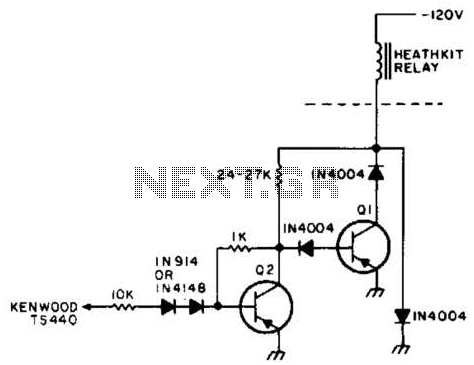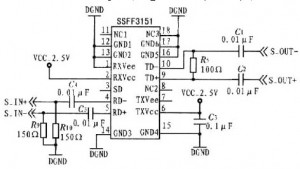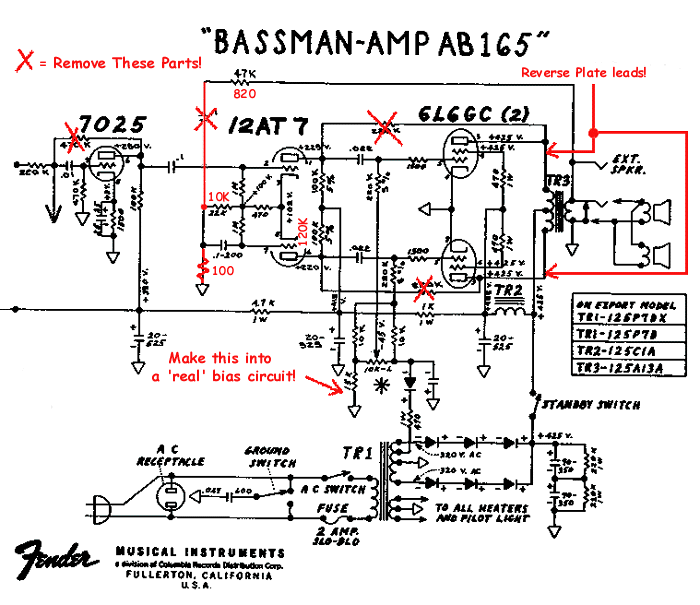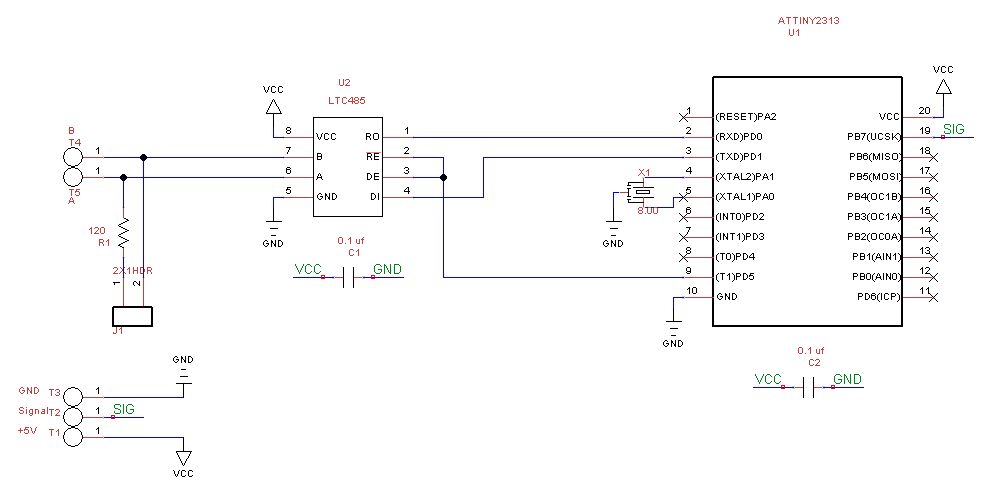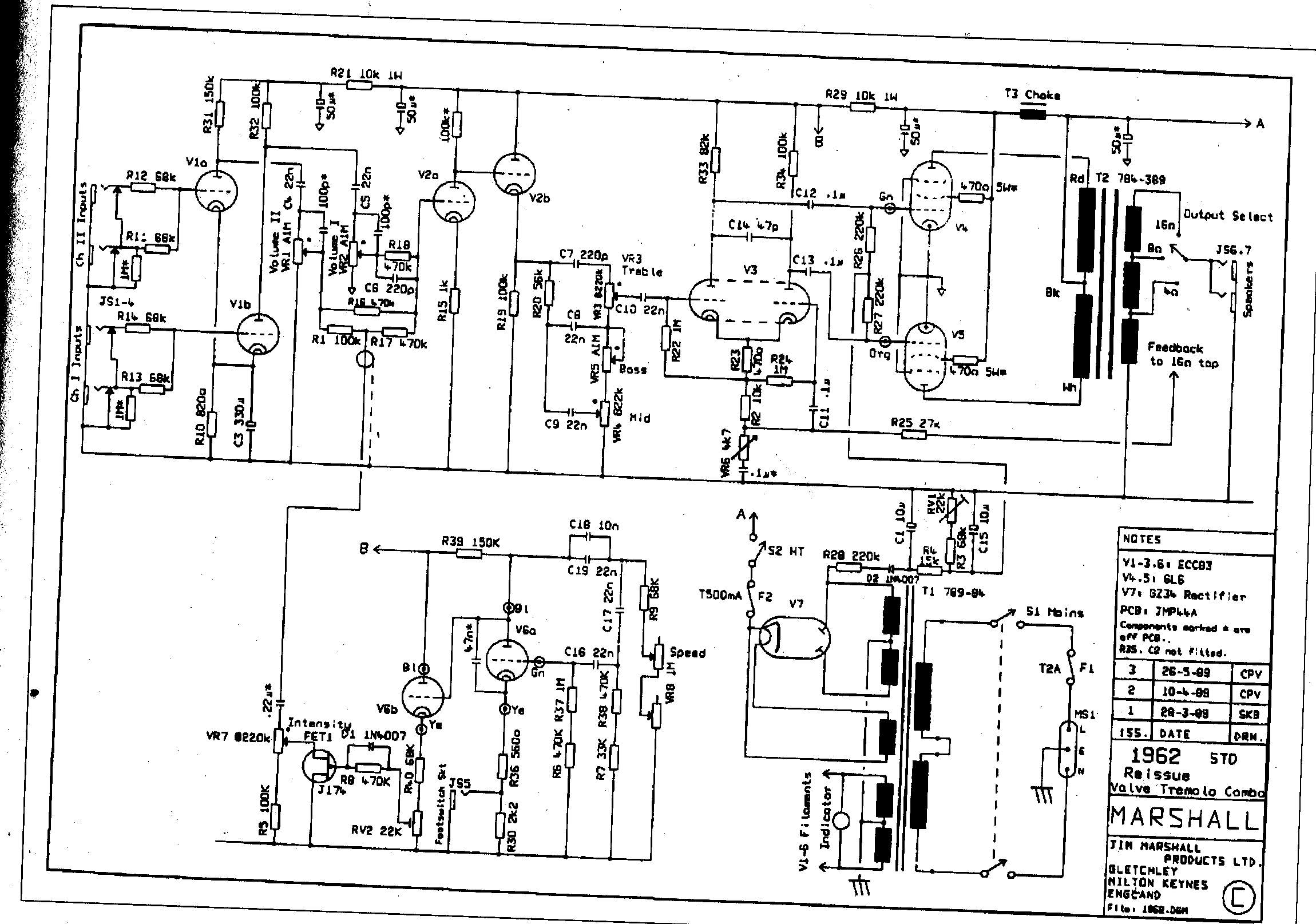
Yves OESCH HB9DTX Transceivers modifications

The original firmware is functional on amateur radio bands; however, it lacks user-friendliness. Wulf-Gerd, DL1FAC, has developed a new firmware that is significantly more suitable for amateur radio users. This firmware is open source, allowing for flexible frequency adjustments, power settings, and squelch configurations. It is highly recommended to update to this customized firmware. To obtain a copy, it is necessary to erase the EPROM using an ultraviolet eraser and reprogram it with Wulf-Gerd's binary using an appropriate EPROM programmer. The original firmware can still be used if an EPROM programmer is unavailable, although programming through the user interface can be tedious. A simple MAX-232 level converter and a sufficiently slow PC (such as a Pentium running Windows 98) can be utilized to run the programming software developed by PE2HVL.
For hardware modifications, if the radio is a 2-meter version, no changes are required. However, for a 70cm version, it is necessary to add approximately 10 pF in parallel to each VCO (transmitter and receiver) and adjust the entire receiver chain, which is facilitated by using an RF generator or a transceiver test set. The trunking version of the radio requires a different CPU clock frequency (8.4672 MHz instead of 4.2336 MHz). To avoid circuit modifications, a specific trunking firmware version is available. The software can fit into a 27C128 EPROM, although some radio versions may come with a 27C256 EPROM. In such cases, the size of the binary file must be doubled before programming. This can be accomplished using the DOS command: "copy /b file1.bin+file1.bin file2.bin." It is important to note that these firmware updates are intended exclusively for amateur radio use, with the transmission frequency range limited to the amateur bands (144-146 MHz or 430-440 MHz).
To program a 27C128 with DL1FAC's firmware, if only a 27C256 is available, utilize the DOS command mentioned earlier to create a double-sized EPROM file. The firmware files are in raw binary format. A potential issue may arise if the EEPROM content is random, as it may contain residual settings from the previous firmware, such as channels, CTCSS, and tones. Therefore, it is advisable to erase the EEPROM chip, specifically the XLS2816 chip located next to the EPROM, and fill the entire memory with FFs.
Although the firmware is user-friendly, certain features may not be immediately apparent. HB9ONO has authored two user manuals: one for the 9-key version and another for the 19-key version. The programming software can be downloaded from section Telecar 9 on the specified website. This software is compatible with modern PCs, but requires the radio's password, which can be located in the EEPROM at addresses 0xB4 to 0xB7. An external EEPROM reader is necessary to retrieve this information, although its effectiveness has not been personally verified. Comments from PA0CDR indicate satisfaction with the software. Additionally, HB9ONO has documented a method for operating the radio as a mono-channel transceiver using the original software, albeit with fixed volume settings. This configuration may be adequate for digipeater or remote control applications. A French description is also available.
The overall process of updating the firmware and making necessary hardware adjustments enhances the usability and functionality of the amateur radio device, ensuring compliance with amateur radio regulations while providing users with improved operational capabilities.The original firmware is usable on the amateur radio bands, but is not very convenient to use. Wulf-Gerd, DL1FAC has developped a new firmware that is much more "ham-friendly". It is open source. With this firmware you can change the frequency as you like, change the power, set the squelch, . I highly recommand to update to this customized firmwar e. See below to get your own copy. You need to erase the EPROM with an UV eraser and burn it again with Wulf-Gerd`s binary, using a suitable EPROM programmer. Of course the original radio firmware is also usable if you really want to use it or if you don`t have access to an EPROM programmer.
You can programm it through the user interface, but it`s very long and painful. Best is to use a simple MAX-232 level converter and a slow enough PC (pentium with win98 is OK) to run the the programming software developped by PE2HVL. On the hardware side if you have got a 2 meters version, you don`t need to change anything. If you have a 70cm version, you need to add about 10 pF in parallel to each VCO (TX and RX) and adjust the whole RX chain.
Use of an RF generator, or a transceiver testset helps a lot. The trunking version of the radio (BG ndelfunk in german) needs a different clock frequency of the CPU (8. 4672MHz instead of 4. 2336MHz) therefore to avoid modifications on the circuit, there is the Trunking firmware version The software can be contained in an 27C128 EPROM.
This chip might be quite hard to find, and some versions of the radio have been shipped with 27C256 EPROM. In this case you have to double the size of the binary file before burning it into the EPROM. To do this in an easy way, the following DOS command can help you: "copy /b file1. bin+file1. bin file2. bin" Note that these firmwares are only to be used for amateur radio purposes, not for professional use.
By the way the TX frequency range is limited to the amateur radio band (144-146 or 430-440 MHz) Burn a 27C128 with DL1FAC`s firmware. If you don`t have a 27C128 but a 27C256, use the dos command "copy /b file1. bin+file1. bin file2. bin" to get a double sized EPROM file. The files are in raw binary format You might have a small problem if the content of the EEPROM is random.
It probably contains the settings of the previous firmware such as channels, CTCSS, tones squelch, . Therefore it`s good practice to erase the EEPROM chip as well. This is the XLS2816 chips situated juste beside the EPROM. Put FFs in the whole memory. Enjoy the nice firmware. Although it`s pretty user friendly, there are some option that are not fully obvious. HB9ONO has written 2 documents user manuals for the 9 keys and user manual for the 19 keys to document them Download the programming software from triple 1 (see section Telecar 9 on the web below). This is probably the best solution, as the software runs also on recent PCs. With this software you need also the password of the radio. If you don`t know it, it can be found in the EEPROM at adress 0xB4 to 0xB7. But you need an external EEPROM reader to get this information. I have not checked this possibility by myself. But it is claimed to work, and with a contemporary PC. Here some comments from PA0CDR who checked this software and was happy. HB9ONO has documented a way to use the radio as a mono-channel transceiver, using the original software.
Of course volume setting will be fixed. But for a digipeater or remote control application this is still very sufficient. A description in french is available. 🔗 External reference
For hardware modifications, if the radio is a 2-meter version, no changes are required. However, for a 70cm version, it is necessary to add approximately 10 pF in parallel to each VCO (transmitter and receiver) and adjust the entire receiver chain, which is facilitated by using an RF generator or a transceiver test set. The trunking version of the radio requires a different CPU clock frequency (8.4672 MHz instead of 4.2336 MHz). To avoid circuit modifications, a specific trunking firmware version is available. The software can fit into a 27C128 EPROM, although some radio versions may come with a 27C256 EPROM. In such cases, the size of the binary file must be doubled before programming. This can be accomplished using the DOS command: "copy /b file1.bin+file1.bin file2.bin." It is important to note that these firmware updates are intended exclusively for amateur radio use, with the transmission frequency range limited to the amateur bands (144-146 MHz or 430-440 MHz).
To program a 27C128 with DL1FAC's firmware, if only a 27C256 is available, utilize the DOS command mentioned earlier to create a double-sized EPROM file. The firmware files are in raw binary format. A potential issue may arise if the EEPROM content is random, as it may contain residual settings from the previous firmware, such as channels, CTCSS, and tones. Therefore, it is advisable to erase the EEPROM chip, specifically the XLS2816 chip located next to the EPROM, and fill the entire memory with FFs.
Although the firmware is user-friendly, certain features may not be immediately apparent. HB9ONO has authored two user manuals: one for the 9-key version and another for the 19-key version. The programming software can be downloaded from section Telecar 9 on the specified website. This software is compatible with modern PCs, but requires the radio's password, which can be located in the EEPROM at addresses 0xB4 to 0xB7. An external EEPROM reader is necessary to retrieve this information, although its effectiveness has not been personally verified. Comments from PA0CDR indicate satisfaction with the software. Additionally, HB9ONO has documented a method for operating the radio as a mono-channel transceiver using the original software, albeit with fixed volume settings. This configuration may be adequate for digipeater or remote control applications. A French description is also available.
The overall process of updating the firmware and making necessary hardware adjustments enhances the usability and functionality of the amateur radio device, ensuring compliance with amateur radio regulations while providing users with improved operational capabilities.The original firmware is usable on the amateur radio bands, but is not very convenient to use. Wulf-Gerd, DL1FAC has developped a new firmware that is much more "ham-friendly". It is open source. With this firmware you can change the frequency as you like, change the power, set the squelch, . I highly recommand to update to this customized firmwar e. See below to get your own copy. You need to erase the EPROM with an UV eraser and burn it again with Wulf-Gerd`s binary, using a suitable EPROM programmer. Of course the original radio firmware is also usable if you really want to use it or if you don`t have access to an EPROM programmer.
You can programm it through the user interface, but it`s very long and painful. Best is to use a simple MAX-232 level converter and a slow enough PC (pentium with win98 is OK) to run the the programming software developped by PE2HVL. On the hardware side if you have got a 2 meters version, you don`t need to change anything. If you have a 70cm version, you need to add about 10 pF in parallel to each VCO (TX and RX) and adjust the whole RX chain.
Use of an RF generator, or a transceiver testset helps a lot. The trunking version of the radio (BG ndelfunk in german) needs a different clock frequency of the CPU (8. 4672MHz instead of 4. 2336MHz) therefore to avoid modifications on the circuit, there is the Trunking firmware version The software can be contained in an 27C128 EPROM.
This chip might be quite hard to find, and some versions of the radio have been shipped with 27C256 EPROM. In this case you have to double the size of the binary file before burning it into the EPROM. To do this in an easy way, the following DOS command can help you: "copy /b file1. bin+file1. bin file2. bin" Note that these firmwares are only to be used for amateur radio purposes, not for professional use.
By the way the TX frequency range is limited to the amateur radio band (144-146 or 430-440 MHz) Burn a 27C128 with DL1FAC`s firmware. If you don`t have a 27C128 but a 27C256, use the dos command "copy /b file1. bin+file1. bin file2. bin" to get a double sized EPROM file. The files are in raw binary format You might have a small problem if the content of the EEPROM is random.
It probably contains the settings of the previous firmware such as channels, CTCSS, tones squelch, . Therefore it`s good practice to erase the EEPROM chip as well. This is the XLS2816 chips situated juste beside the EPROM. Put FFs in the whole memory. Enjoy the nice firmware. Although it`s pretty user friendly, there are some option that are not fully obvious. HB9ONO has written 2 documents user manuals for the 9 keys and user manual for the 19 keys to document them Download the programming software from triple 1 (see section Telecar 9 on the web below). This is probably the best solution, as the software runs also on recent PCs. With this software you need also the password of the radio. If you don`t know it, it can be found in the EEPROM at adress 0xB4 to 0xB7. But you need an external EEPROM reader to get this information. I have not checked this possibility by myself. But it is claimed to work, and with a contemporary PC. Here some comments from PA0CDR who checked this software and was happy. HB9ONO has documented a way to use the radio as a mono-channel transceiver, using the original software.
Of course volume setting will be fixed. But for a digipeater or remote control application this is still very sufficient. A description in french is available. 🔗 External reference
